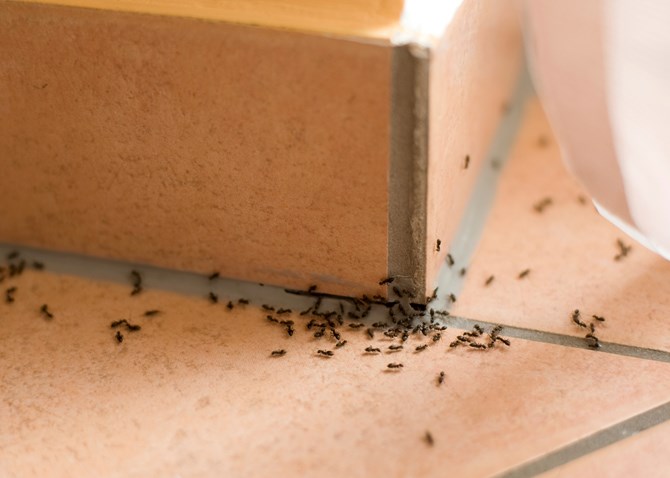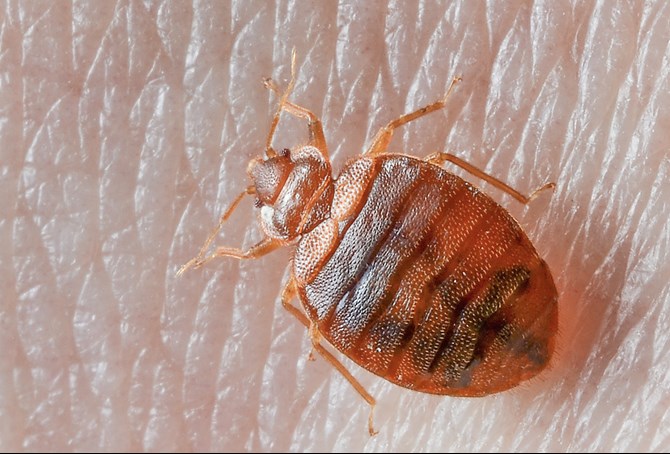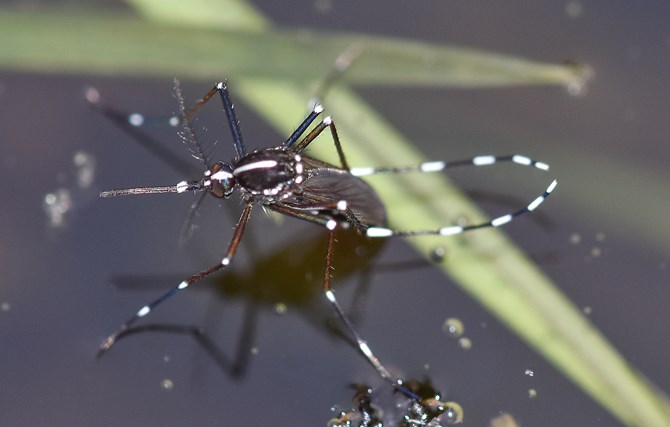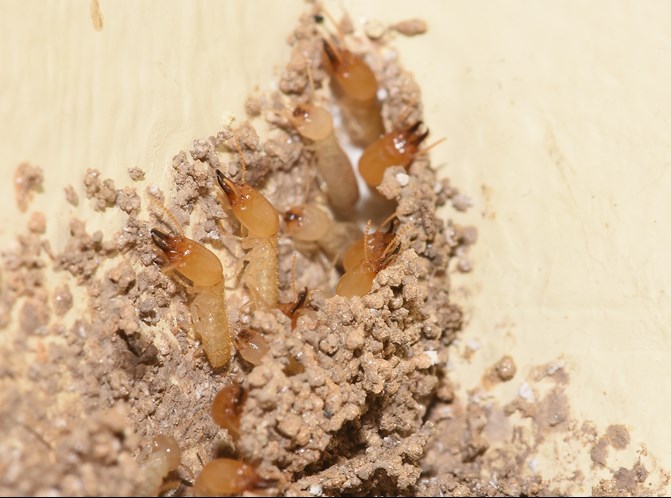Exactly What Happens To Help Insects All Through The Winter Weather?
Overview of wintertime survival strategies of insects
When the cold weather rolls in, bears go into hibernation, birds migrate south and we, as human, layer up and relax by the fire to remain warm throughout the winter months. But, what happens to pests like ants, mosquitoes and termites? Many people presume they just die off, but the truth is that these and other glitches often devise strategies designed to make it through the winter. Learn more about how specific pests survive the harsh parts below.
Ants
It’s not all that often you find an army of ants marching across the kitchen counter in the dead of wintertime. However, that doesn’t mean they aren’t nearby. Ants are very successful at overwintering in the great outdoors, including our own yards. During the autumn months, they indulge in vast amounts of food with the goal of putting on fat to survive for weeks on end without feeding. As the winter cold arrives, their body temperature- and productivity- significantly lessens, so they seal up their colony and hunker down in deep clay or under stones until springtime has jumped. Once the temperature rises, ants will emerge from their overwintering sites, full of energy and ready to attack the next backyard barbecue.
Bed Bugs
Bed Bugs can withstand temperatures from nearly freezing to 122 degrees Fahrenheit, which makes controlling them extremely difficult. However, they often succumb after a few days of exposure to temperatures below 32 degrees Fahrenheit. The bad news is our homes offer the perfect habitat for bed bugs to survive during the winter months.
Cockroaches
Cockroaches have been around for millions of years, evolving into some of the most adaptable animals in the world. But, are they able to survive the cold weather? Generally speaking, most types of cockroaches can survive year-round, as long as they have easy access to a warm, moist environment. The German cockroach, for example, opts an indoor humid habitat close to food and moisture sources. As such, this species often makes itself quite comfortable in residential kitchens and bathrooms, especially during the winter months. The American cockroach, on the other hand, will live outdoors in warmer climates. Once the temperature dips, this type of cockroach will mass migrate into homes or larger commercial houses such as eateries, grocery stores, food processing plant and hospitals.
Mosquitoes
Encountering mosquitoes– and those itchy, red mosquito bites- is inevitable when spending time outdoors during the summer months. But, you might be surprised to find out that mosquitoes don’t fall away when Old Man Winter moves in. Contrary to popular belief, these biting insects overwinter or hibernate, in protected places like hollow logs. As the weather conditions improve, female mosquitoes awaken and seek out a blood source to feed and begin developing eggs.
Termites
What happens to termites during the winter is heavily influenced by the specific species and the climate in which they live. In colder climates, subterranean termites will excavate deeper into the clay- below the frost line- to remain warm. Other species like drywood termites will seek out dry timber for shelter. After the last freeze, typically in the springtime when the temperature reaches about 70 degrees Fahrenheit, young males and termite swarmers emerge from their nests to find a mate and new nest place, which oftentimes can be inside our homes. In warmer climates or heated homes, where the temperature is controlled, termites can be active year-round.
Now that you know many common household pests are able to survive the winter season, it’s important to take the necessary steps to pest-proof the home.








